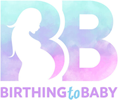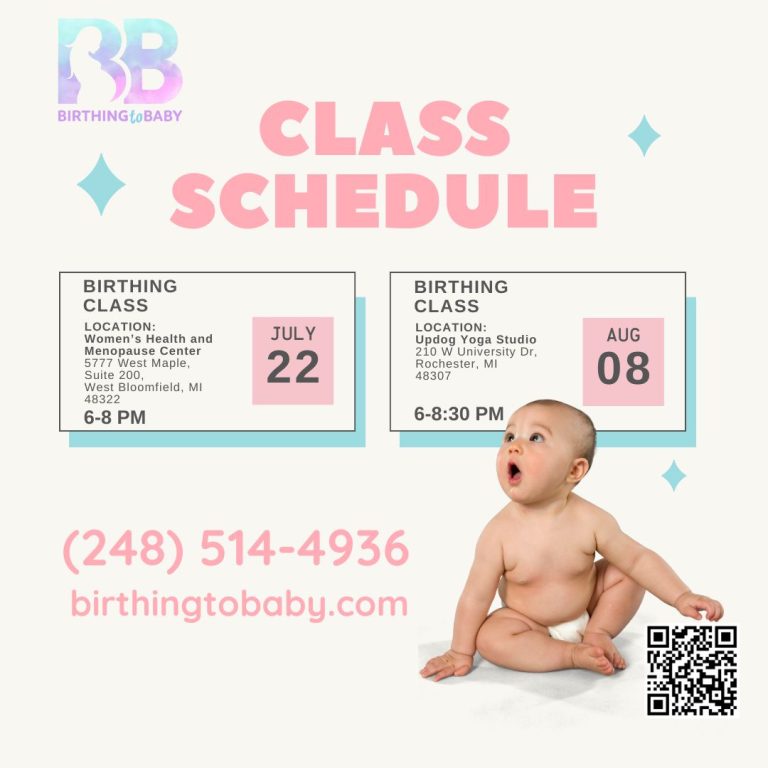What Is Pelvic Floor Therapy? Key Benefits for Pregnancy and Postpartum

If you’re expecting or recently gave birth, you’ve probably heard of pelvic floor therapy—but what is it, and do you really need it? The short answer is: yes, it can be a game-changer for both pregnancy comfort and postpartum recovery.
What Is Pelvic Floor Therapy?
Pelvic floor therapy is a specialized form of physical therapy that focuses on strengthening or relaxing the muscles that support your bladder, uterus, and rectum. These muscles stretch significantly during pregnancy and childbirth, which can lead to weakness or dysfunction.
Benefits During Pregnancy
- Reduces pelvic pain and pressure
- Helps manage incontinence
- Prepares your body for labor and delivery
- Improves posture and body alignment
Postpartum Benefits
- Supports recovery from vaginal or cesarean birth
- Improves bladder and bowel control
- Helps heal diastasis recti (abdominal separation)
- Reduces pain during intercourse
- Promotes long-term core stability
When to Start Pelvic Floor Therapy
Pelvic floor therapy can begin during pregnancy with your provider’s approval. Postpartum, many women start around 6 weeks after birth, depending on their healing progress.
What to Expect
Sessions often include:
- Assessment of pelvic floor strength
- Tailored exercises (like Kegels or breathing techniques)
- Manual therapy to address tension or scar tissue
- Education on posture and movement
Takeaway: Whether you’re preparing for labor or healing afterward, pelvic floor therapy offers powerful benefits that can improve comfort, function, and overall well-being. Talk to your doctor about a referral to a pelvic floor specialist.






